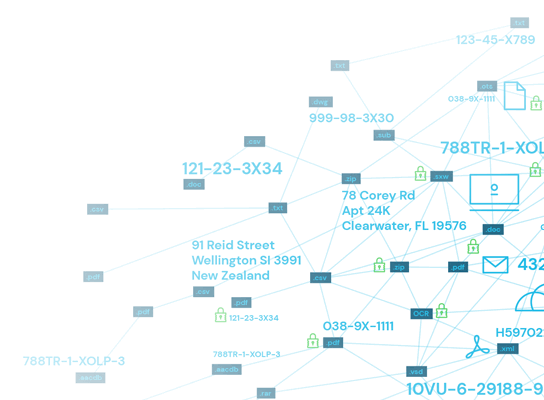


Schedule a personalized demo with one of our data security experts to see Spirion data protection solutions in action.
Watch demo nowProtect sensitive information with a solution that is customizable to your organizational needs. When your job is to protect sensitive data, you need the flexibility to choose solutions that support your security and privacy initiatives.
Not knowing where sensitive client financial data resides and failing to take the right security precautions can be a costly mistake for your organization. Find out how Data privacy is treated in your sector.
